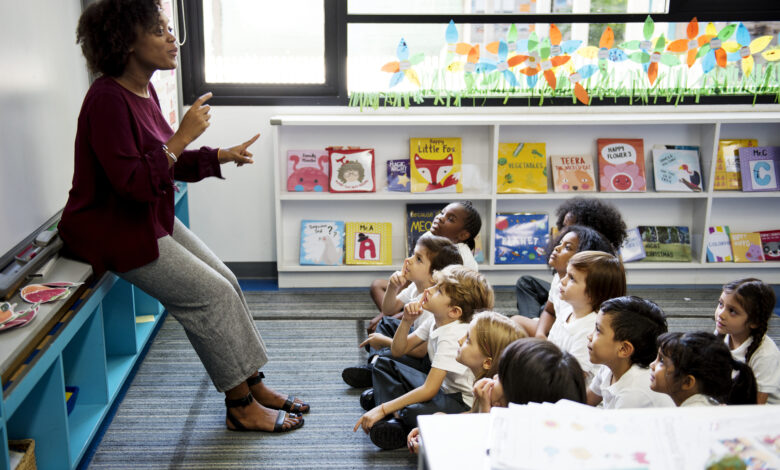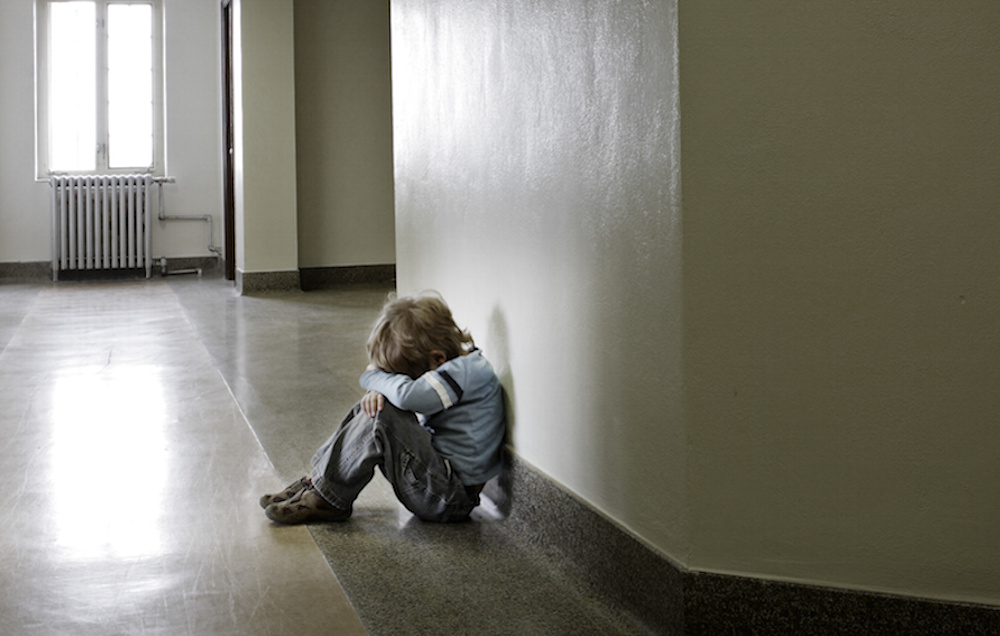AUSLAN featured on language syllabus for the first time in 2023

An Australian Sign Language (Auslan) syllabus will be available in NSW schools for the first time in 2023, along with updated Languages syllabuses for Kindergarten to Year 10, as part of the NSW Government’s Curriculum Reform agenda.
Minister for Education and Early Learning Sarah Mitchell said the new syllabuses aim to improve access to Auslan and increase the uptake in students learning languages.
“NSW offers one of the most comprehensive school languages curriculum in the world and I am committed to exploring how we can make that even better, including for students with disability,” Ms Mitchell said.
“I am pleased to see Auslan included in the curriculum for the first time not only because it is a great step for inclusion and students with disability, but because it gives all students the opportunity to experience a unique part of Australia’s linguistic history.
“Studying a language at school gives students the skills to participate in our linguistically dynamic world, and improves broader communication and literacy skills.”
A key feature of this major piece of reform is the redevelopment of the Classical and Modern Languages syllabuses into frameworks that can cover all languages.
The frameworks will enable schools to teach any language without waiting for a specific language syllabus, broadening the scope of languages that can be taught to include more local community languages.
“We know that there is a high demand for community languages and the new frameworks will create integrate school developed language courses with a high quality framework, creating a shared understanding about what students are expected to learn,” Ms Mitchell said.
Across Kindergarten to Year 12, NSW schools currently teach 34 modern and classical languages. Auslan will be available to study as a first language or an additional language.
“Teachers will also be provided with improved language-specific support materials to give students a more consistent experience when studying languages,” Ms Mitchell said.
“We want to ensure that NSW syllabuses have strong community ownership. I encourage all teachers, parents, students and the community to share their feedback on the syllabuses we are consulting on throughout 2022.”
The public can have their say on the draft Languages syllabuses until 2 May 2022: www.educationstandards.nsw.edu.au/wps/portal/nesa/about/news/consultations.







